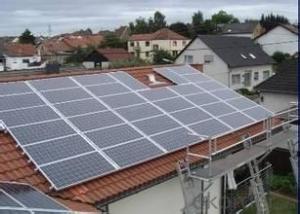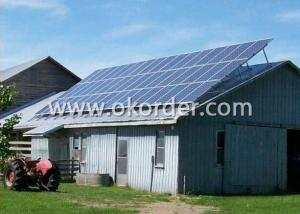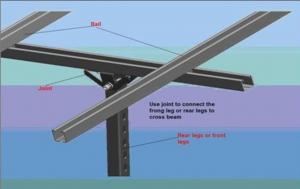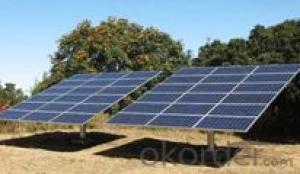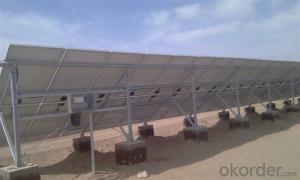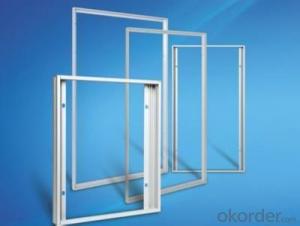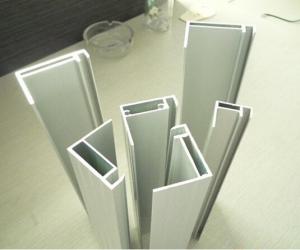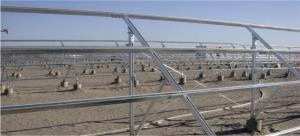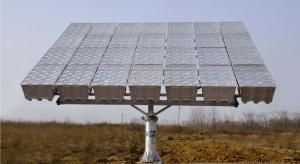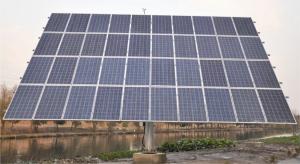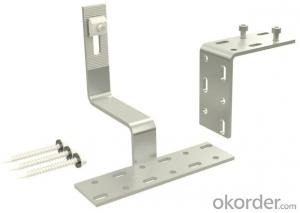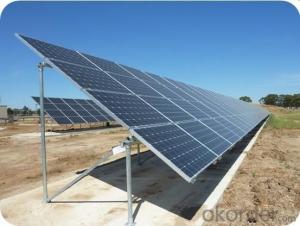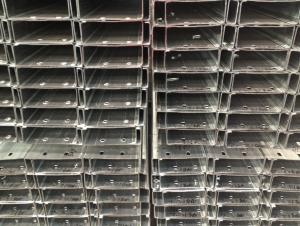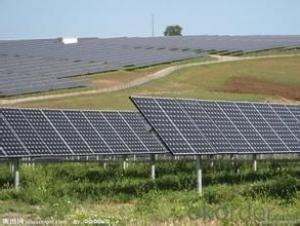Slope Roof System - plain tile
- Loading Port:
- China Main Port
- Payment Terms:
- TT OR LC
- Min Order Qty:
- -
- Supply Capability:
- -
OKorder Service Pledge
OKorder Financial Service
You Might Also Like
Slope Roof System - plain tile
Die verschiedenen Komponenten für Schrägdächer - passgenau und für jede Situation maßgefertigt.
Die umfassende Auswahl an unterschiedlichen Komponenten und Systemen ermöglicht es,
mit Schletter-Systemen nahezu jede Modulkonfiguration auf jedem Dach zu befestigen.
Durch unsere hochwertigen und durchdachten Komponenten erzielen Sie schnelle Montagezeiten und verlässliche Haltbarkeit mit statischem Nachweis.
Bei der Auswahl der für Ihr Dach am besten geeigneten Variante haben Sie die Wahl zwischen einer dachparallelen und einer aufgeständerten Lösung.
Kreuzschienensystem für ungünstige Befestigungspunkte
Große Spannweiten möglich
Oftmals weniger Befestigungspunkte möglich
Genaue Einhaltung der Klemmbereiche des Moduls
Flexibel in der Montage
Kombinierbar mit allen Schletter-Systembauteilen
Aus günstigen Standard-Schienen aufzubauen
- Q:Are there different mounting systems for residential and commercial solar installations?
- Yes, there are different mounting systems for residential and commercial solar installations. Residential solar installations typically use roof-mounted systems, such as flush mounts or tilted racks, to maximize space utilization on residential rooftops. On the other hand, commercial solar installations often use ground-mounted systems or larger-scale roof-mounted systems, which can accommodate a higher number of solar panels and are designed to withstand heavier loads.
- Q:What is the lifespan of a solar mounting system?
- The lifespan of a solar mounting system can vary depending on various factors such as the quality of materials used, installation techniques, and environmental conditions. However, a well-designed and properly installed solar mounting system can typically last for 20 to 30 years or even longer with regular maintenance and inspections.
- Q:Can a solar mounting system be used on standing seam metal roofs?
- Yes, a solar mounting system can be used on standing seam metal roofs. There are specific mounting systems available that are designed to be compatible with standing seam metal roofs, allowing for the installation of solar panels without compromising the roof's integrity. These mounting systems typically utilize clamps that can be securely attached to the seams of the metal roof, providing a stable and reliable foundation for the solar panels.
- Q:Can a solar mounting system be installed on a rooftop with a roll roof?
- Yes, a solar mounting system can be installed on a rooftop with a roll roof. However, the installation process may require special considerations and techniques to ensure proper attachment and waterproofing of the mounting system to the roll roof. It is recommended to consult with a professional solar installer to determine the feasibility and best practices for installing a solar mounting system on a rooftop with a roll roof.
- Q:Can solar mounting systems be installed on mountains?
- Yes, solar mounting systems can be installed on mountains. However, installing solar panels on mountains can be more challenging due to the steep and rugged terrain. It may require specialized mounting systems and engineering expertise to ensure the stability and efficiency of the solar panels. Additionally, accessibility and logistical concerns need to be taken into account.
- Q:Can a solar mounting system be installed on a museum or cultural institution?
- Yes, a solar mounting system can be installed on a museum or cultural institution. Installing solar panels on such buildings can help reduce energy costs, decrease carbon emissions, and showcase the organization's commitment to sustainability. It is important, however, to consider factors such as structural integrity, historical preservation requirements, and aesthetic considerations when planning the installation.
- Q:Can a solar mounting system be installed on a rooftop with a high-slope roof?
- Yes, a solar mounting system can be installed on a rooftop with a high-slope roof. However, it may require special considerations and engineering expertise to ensure the stability and effectiveness of the system.
- Q:Can a solar mounting system be used with solar trackers?
- Yes, a solar mounting system can be used with solar trackers. In fact, many mounting systems are specifically designed to be compatible with solar trackers. The mounting system provides the necessary support and stability for the solar panels, while the solar trackers allow the panels to follow the sun's movement throughout the day, maximizing their energy output. This combination can greatly enhance the efficiency and performance of a solar power system.
- Q:Are there any specific requirements for foundation when using a solar mounting system on flat ground?
- Yes, there are specific requirements for the foundation when using a solar mounting system on flat ground. The foundation needs to be strong and stable enough to support the weight of the solar panels and withstand various environmental conditions such as wind, snow, and seismic activity. Additionally, the foundation should be leveled and properly anchored to ensure the durability and longevity of the solar mounting system.
- Q:Can a solar mounting system be installed on a cooperative or shared space?
- Yes, a solar mounting system can be installed on a cooperative or shared space. These systems are designed to be versatile and can be installed on various types of properties, including cooperative or shared spaces. The specific installation process may vary depending on the structure and requirements of the space, but it is certainly possible to have a solar mounting system installed in such locations.
1. Manufacturer Overview |
|
|---|---|
| Location | |
| Year Established | |
| Annual Output Value | |
| Main Markets | |
| Company Certifications | |
2. Manufacturer Certificates |
|
|---|---|
| a) Certification Name | |
| Range | |
| Reference | |
| Validity Period | |
3. Manufacturer Capability |
|
|---|---|
| a)Trade Capacity | |
| Nearest Port | |
| Export Percentage | |
| No.of Employees in Trade Department | |
| Language Spoken: | |
| b)Factory Information | |
| Factory Size: | |
| No. of Production Lines | |
| Contract Manufacturing | |
| Product Price Range | |
Send your message to us
Slope Roof System - plain tile
- Loading Port:
- China Main Port
- Payment Terms:
- TT OR LC
- Min Order Qty:
- -
- Supply Capability:
- -
OKorder Service Pledge
OKorder Financial Service
Similar products
New products
Hot products
Hot Searches
Related keywords
